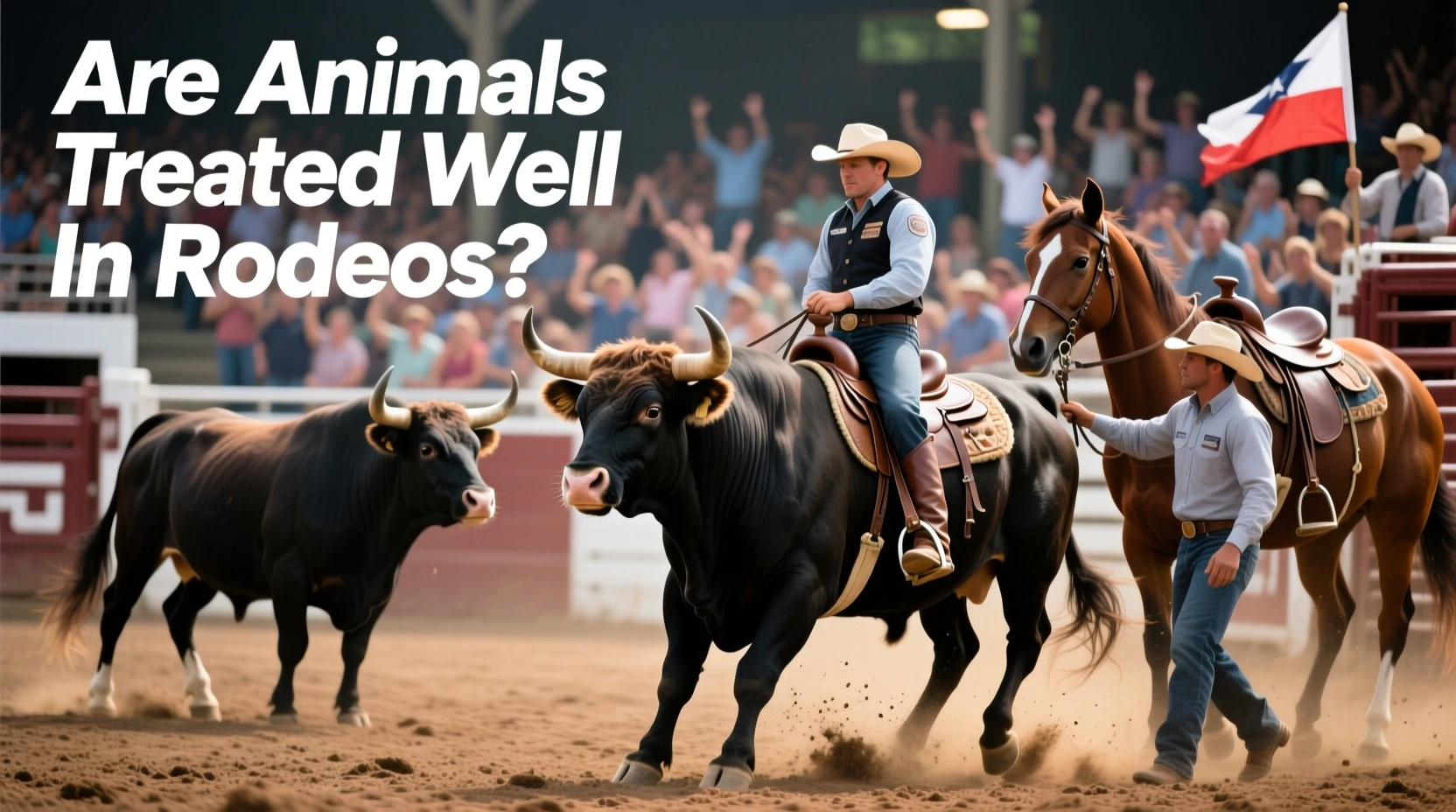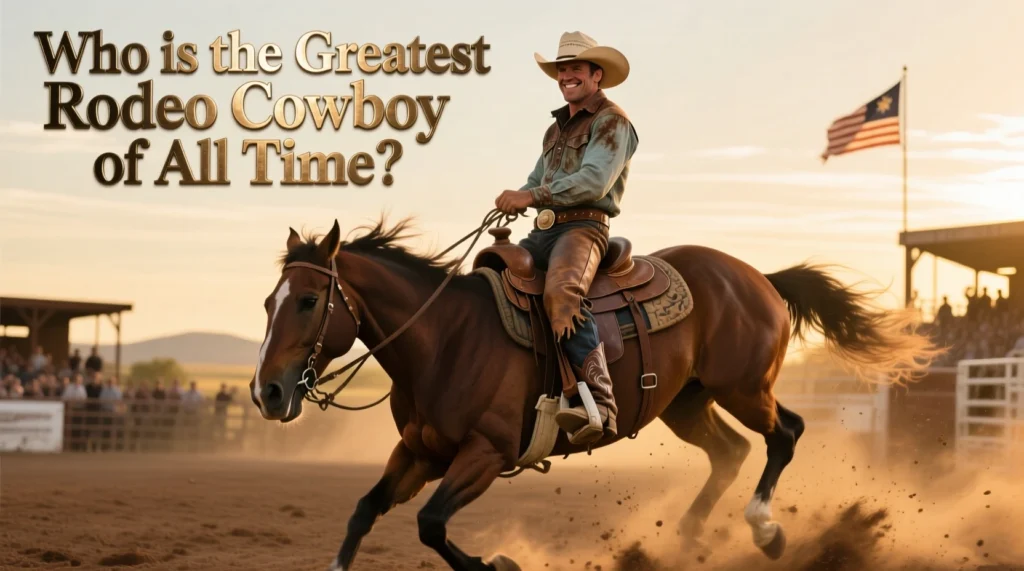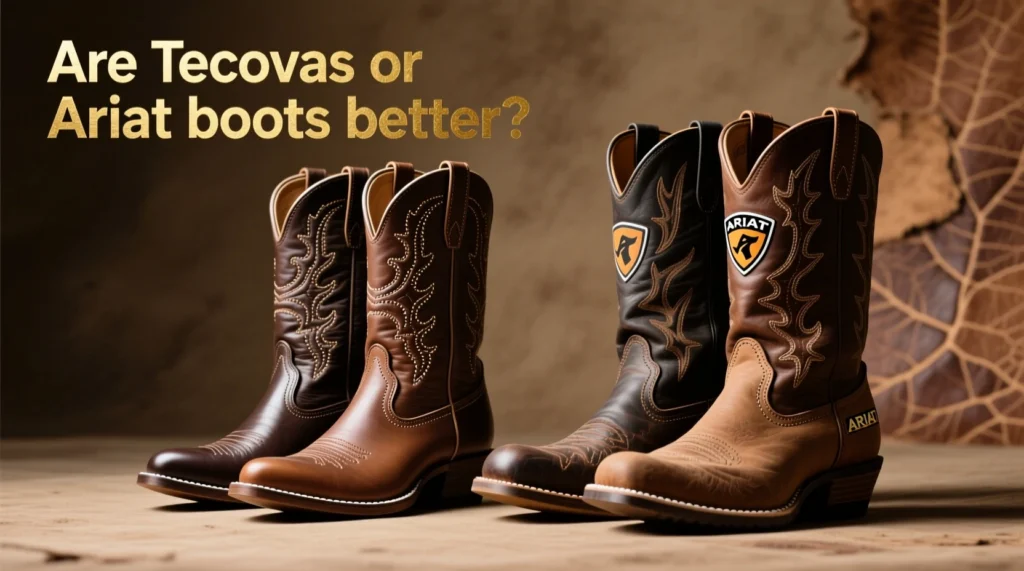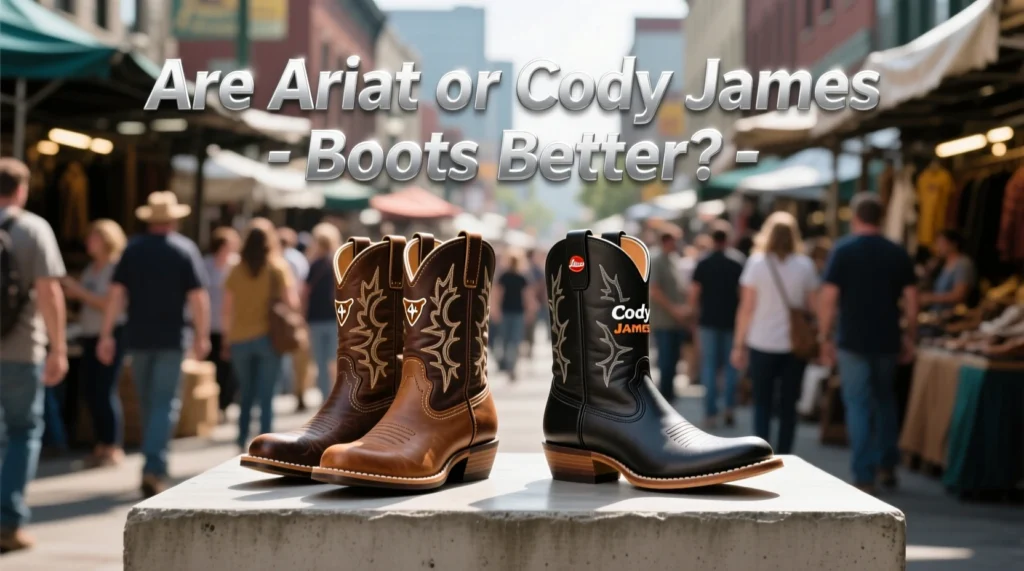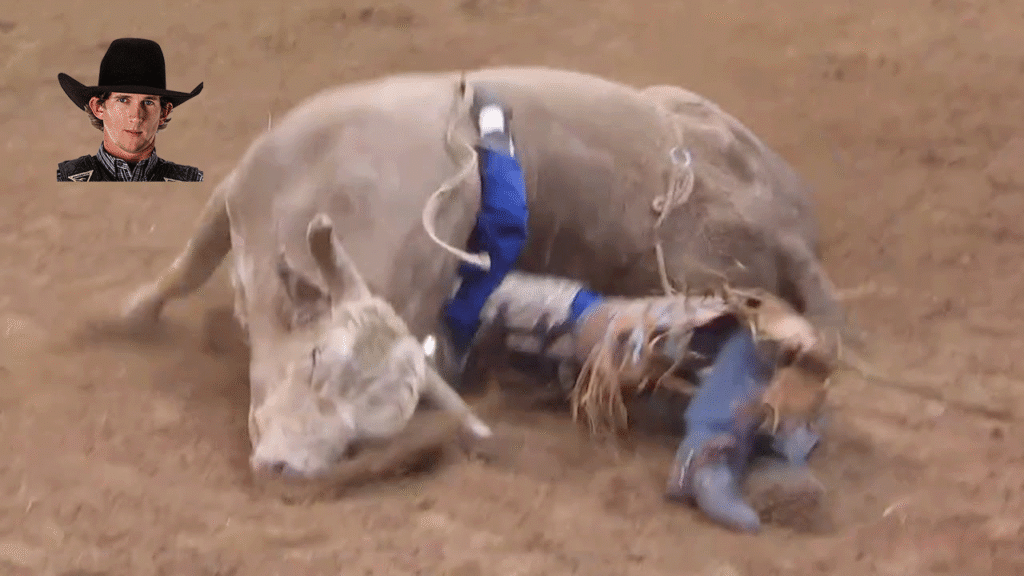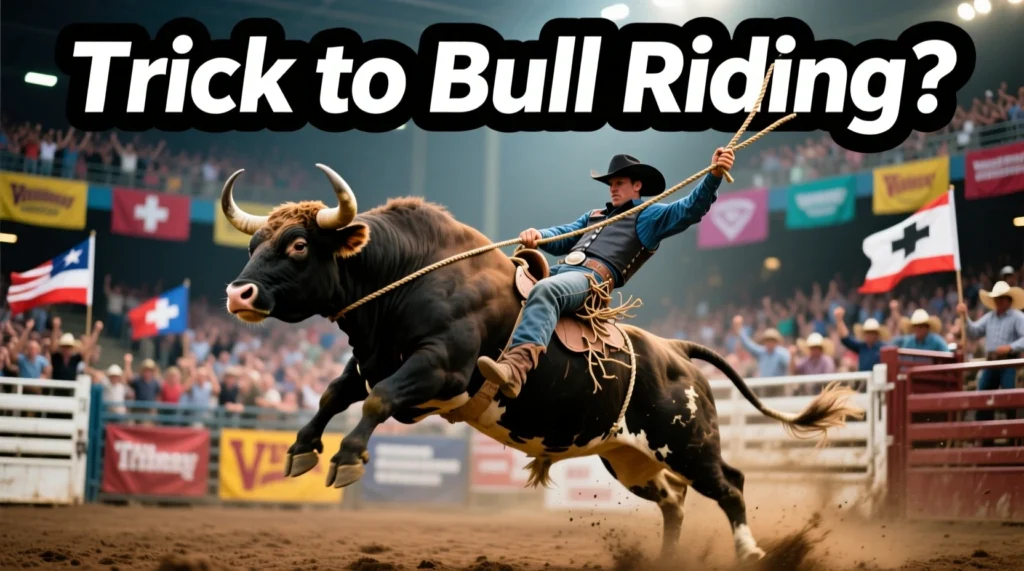Are Animals Treated Well in Rodeos? The truth about rodeo animal welfare with verified statistics, veterinary data, expert opinions, and regulatory frameworks. Learn how professional rodeo protects livestock, what independent reviews reveal, and how modern standards compare to animal welfare concerns.
Table of Contents
Separating Fact from Fiction on Rodeo Animal Welfare
The question of animal treatment in rodeos is one of the most controversial topics in American entertainment, with passionate advocacy on both sides and genuine concerns about the welfare of the animals. Professional rodeos in the United States, particularly those sanctioned by the Professional Rodeo Cowboys Association (PRCA), maintain extensive animal welfare protocols and veterinary oversight. However, independent scientific research paints a stark picture: Standardized, sanctioned rodeos demonstrate a strong safety record, while concerns persist around specific incidents and unsanctioned practices. For American audiences seeking factual, evidence-based answers, understanding current regulations, statistical data, and expert consensus is critical to forming informed opinions.
Understanding the Core Debate: Welfare vs. Performance
The primary challenge in rodeo animal welfare revolves around balancing performance requirements with animal protection:
- Performance Requirements: Rodeo animals must display natural behaviors (bucking, running) to create competitive conditions.
- Injurious Equipment: Critics question whether flank strips, spurs, and electrical products intentionally cause pain.
- Regulatory Variation: Protections vary dramatically between sanctioned and unsanctioned rodeos and between states.
Core Statistics:
According to independent veterinary surveys, PRCA-sanctioned rodeos show animal injury rates of 0.0004% to 0.053%, which translates to approximately one injury per 1,000 to 25,000 animals. This contrasts with concerns raised by animal welfare organizations about non-PRCA events and specific high-risk events such as calf roping.
Solutions and Standards: How Modern Rodeos Protect Animals
1. Veterinary Presence and Emergency Response
Mandatory Requirements:
The PRCA mandates that veterinarians be present at all sanctioned rodeos, beginning at least 2 hours before competition and remaining 1 hour after the final event. This on-site veterinary presence enables immediate injury diagnosis, treatment, and humane decision-making when necessary.
Original Insight:
The need for large animal ambulances, trailers, or sleds on site demonstrates rodeo’s preparedness for emergencies – a protocol that separates professional organizations from unsanctioned events. According to veterinary data, this infrastructure has significantly reduced deaths and long-term injury complications.
2. Pre-Competition Animal Inspections
All animals undergo a mandatory inspection before participation. Animals deemed sick, lame, injured or injured are immediately disqualified from the competition. This practice ensures that only healthy livestock participate, protecting the safety of both the animals and the athletes.
3. Equipment Standards and Specifications
Modern rodeo equipment is strictly regulated:
- Flank Straps: According to PRCA rules, fleece or neoprene straps for horses and soft cotton rope (possibly lined with fleece or neoprene) for bulls are mandatory to prevent rope burns.
- Spurs: Should be slack with rolling reins (not locked in place), preventing cuts or injuries.
- Electrical Products: Prohibited in riding programs except for specific exceptions for “known stall injury animals” which are briefly explained.
- Horn Protection: Steers used in roping events have protective structures around their horns.
Expert Opinion from Professional Rider:
“The side straps are made of soft cotton or sheepskin to prevent rope burns. The goal is to tie them loose enough so that the animal thinks it is kicking it, forcing them to kick more. These animals sell without them. As a professional bull rider, I make my living with these animals – I would not intentionally harm them. Because cattle score the most and they command the most money.”
4. Strict Penalty Enforcement
Violations of animal welfare laws result in progressive penalties: fines starting at $250 (doubled with each subsequent offense), disqualification from events, and possible permanent ban from PRCA participation. Trained PRCA judges actively monitor compliance.
Case Study: Independent Veterinary Assessments (1994 – 2024)
Over three decades, independent veterinarians have conducted on-site surveys of PRCA rodeos:
| Year | Rodeos Surveyed | Animal Exposures | Injury Rate | Findings |
|---|---|---|---|---|
| 1994 | 28 PRCA events | 33,991 runs | 0.047% (16 injuries) | Foundational baseline |
| 2000 | 57 PRCA events | 71,743 exposures | 0.053% (38 injuries) | Consistent with 1994 |
| 2001 | 21 PRCA events | 26,584 performances | 0.056% (15 injuries) | Slight variation, overall stable |
| 2019–2024 | 198+ events | ~355,000 annual exposures | 0.001 (99.9% safety record) | Modern era shows improvement |
Research Context:
Australian rodeos show similar injury patterns: primary injuries at 0.072% (1 in 1,405) and injuries requiring veterinary care at 0.036% (1 in 2,810). This international consistency suggests that standardized practices, rather than regional laxity, drive injury rates.
Areas of Legitimate Concern: Nuanced Challenges
Despite strong safety records in regulated rodeos, legitimate welfare concerns persist:
Calf Roping
Scientific research indicates that calves exhibit obvious distress during the roping stages, including gaping mouths, tongue protrusion, and absent-minded behavior. A recent study found that these calves display consistent signs of fear and distress throughout the event. Expert consensus: Rhode Island and some jurisdictions have restricted or banned calf roping due to welfare concerns. Some industry leaders, including the owner of Bar T Rodeos Inc., have acknowledged the inhumane potential of calf roping.
Unsanctioned Rodeos
A significant regulatory gap exists: The PRCA sanctions only about 30% of all U.S. rodeos, with 50% sanctioned by other organizations and 20% completely unsanctioned. Unsanctioned events typically lack veterinary oversight, consistent equipment standards, and penalty enforcement.
Steer Wrestling and Neck Injuries
Steer wrestling involves wringing the heads of 500-pound steers to the ground. High-profile incidents, including a bull with a broken neck at Rodeo Houston that faced euthanasia 15 minutes before being killed, highlight the risks of injury in this event.
Expert Opinions and Authority
American Veterinary Medical Association (AVMA):
“Only 0.00041% of animals involved in PRCA rodeos are injured – less than one in 2,500 animals. This represents the lowest injury rate among comparable animal sports.”
Dr. Cordell Leif (Veterinarian):
“Buckling horses often develop back problems from repetitive impacts. Tendon rupture is a real concern. Horses don’t naturally jump up and down.”
Australian Veterinary Association (AVA):
“Rodeos should only be permitted where there are appropriate legislative controls to ensure animal welfare, including experienced veterinary experts on site involved in the planning and present for the entire duration.”
Animal Welfare Advocates:
“While most animals in professional rodeos are well cared for because they are valuable commodities, some events – particularly calf roping – raise legitimate welfare concerns. Unsanctioned rodeos lack accountability and oversight.”
Regulatory Framework Across USA Jurisdictions
| Jurisdiction | Level of Protection | Key Requirements |
|---|---|---|
| Rhode Island | Strongest | Bans calf and steer roping; veterinarian with full authority |
| California | Strong | Bans electrical prods; veterinarian with authority |
| Virginia | Strong | Veterinarian required with full authority |
| PRCA-Sanctioned (multistate) | Moderate-Strong | 60+ welfare rules; on-site veterinarian; equipment standards |
| Unsanctioned rodeos | Minimal | Vary by state; often lack veterinary oversight |
Frequently Asked Questions for Are Animals Treated Well in Rodeos?
Q: What is the actual injury rate at professional PRCA rodeos?
A: Staying centered over the bull’s spine and keeping your hips aligned with its movement are universally agreed upon as secret tricks by both experts and research.
Q: Are flank straps cruel, and do they cause testicular injury?
A: Modern flank straps are soft cotton ropes lined with fleece or neoprene, placed just in front of the hips (like a belt), not over the testicles. The purpose is to encourage kicking behavior – animals are naturally happier without them.
Q: Is a veterinarian required at all rodeos?
A: Veterinarians are required at PRCA-sanctioned events, but only a portion of American rodeos are PRCA-sanctioned. Non-sanctioned rodeos often lack veterinary supervision.
Q: Are rodeo animals mistreated to perform?
A: In regulated PRCA rodeos, animals are valuable assets that are kept in excellent condition. However, animal welfare is focused on specific events (calf roping, steer wrestling) and unsanctioned operations that lack oversight.
Q: How do rodeo regulations compare internationally?
A: Australia needs trained livestock supervisors and judges. Several countries have banned certain events. The United Kingdom effectively banned the traditional practices of rodeo in 1934.
Q: What happens if a cowboy violates animal welfare rules?
A: Penalties include fines starting at $250 (doubled per offense), disqualification, and possible permanent ban from PRCA participation.
The Evidence-Based Answer
In professionally sanctioned PRCA rodeos, animals are generally treated well and protected through comprehensive regulations, veterinary supervision, and equipment standards – resulting in lower injury rates than many other animal sports. However, the American rodeo landscape includes both regulated and unregulated events, creating welfare disparities. Specific rodeo events (notably calf roping and steer wrestling) have legitimate welfare concerns supported by independent scientific research. For conscientious consumers and fans, it is important to distinguish between PRCA-sanctioned events (which maintain strong standards) and unsanctioned rodeos (which often lack accountability). While modern regulations have significantly improved animal protection, there is ongoing advocacy for stricter standards, veterinary requirements at all events, and consideration of banning high-risk practices.
